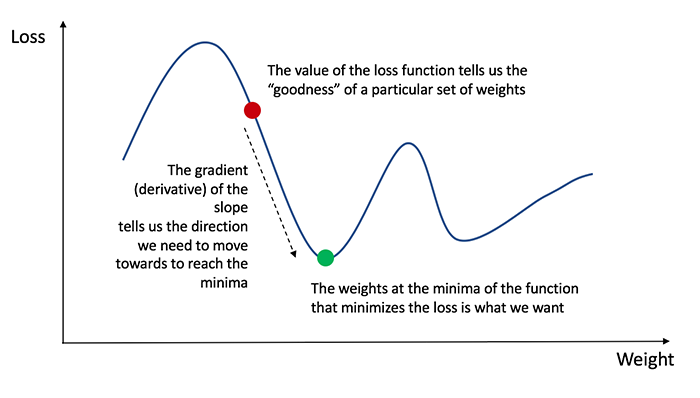This article was written by James Loy.
Update: When I wrote this article a year ago, I did not expect it to be thispopular. Since then, this article has been viewed more than 450,000 times, with more than 30,000 claps. It has also made it to the front page of Google, and it is among the first few search results for ‘Neural Network’. Many of you have reached out to me, and I am deeply humbled by the impact of this article on your learning journey.
This article also caught the eye of the editors at Packt Publishing. Shortly after this article was published, I was offered to be the sole author of the book Neural Network Projects with Python. Today, I am happy to share with you that my book has been published!
The book is a continuation of this article, and it covers end-to-end implementation of neural network projects in areas such as face recognition, sentiment analysis, noise removal etc. Every chapter features a unique neural network architecture, including Convolutional Neural Networks, Long Short-Term Memory Nets and Siamese Neural Networks. If you’re looking to create a strong machine learning portfolio with deep learning projects, do consider getting the book!
Motivation: As part of my personal journey to gain a better understanding of Deep Learning, I’ve decided to build a Neural Network from scratch without a deep learning library like TensorFlow. I believe that understanding the inner workings of a Neural Network is important to any aspiring Data Scientist.
This article contains what I’ve learned, and hopefully it’ll be useful for you as well!
What’s a Neural Network?
Most introductory texts to Neural Networks brings up brain analogies when describing them. Without delving into brain analogies, I find it easier to simply describe Neural Networks as a mathematical function that maps a given input to a desired output.
Neural Networks consist of the following components
- An input layer, x
- An arbitrary amount of hidden layers
- An output layer, ŷ
- A set of weights and biases between each layer, W and b
- A choice of activation function for each hidden layer, σ. In this tutorial, we’ll use a Sigmoid activation function.
Creating a Neural Network class in Python is easy.
To read the rest of the article, click here.

